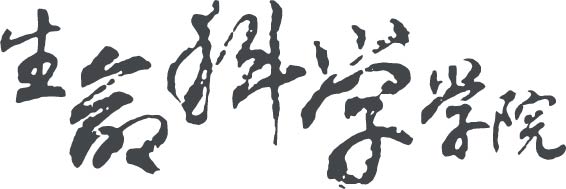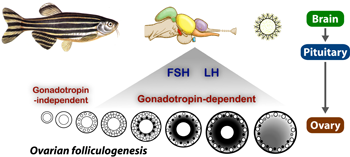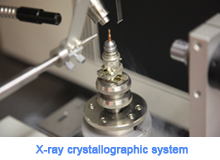 |
Research in Marine Science covers phylogeny, biodiversity, ecology and conservation of aquatic systems. Below are some examples of our recent research: |
|
 |
|
Using stable isotope analysis to elucidate the structure and function of food webs in local soft-sediment habitats and assess trophic connectivity that underpin cross-habitat ecological sustainability.
|
|
A number of nuclear protein-coding genes are used as DNA markers for resolving the phylogenetic relationships among the decapods –arthropods including shrimps, lobsters and crabs. |
|
 |
 |
|
Analyses of ecosystem functioning, bioindicator assemblages and microbiological status are key attributes of the desirable ecological changes in terms of ecosystem integrity and health, which are of primary concern in ecological restoration.
|
|
Calanus sinicus, a dominant copepod in the continental shelf of northern China, is used as a model organism to study the relationship between plankton distribution and ocean currents.
|
|
 |


















